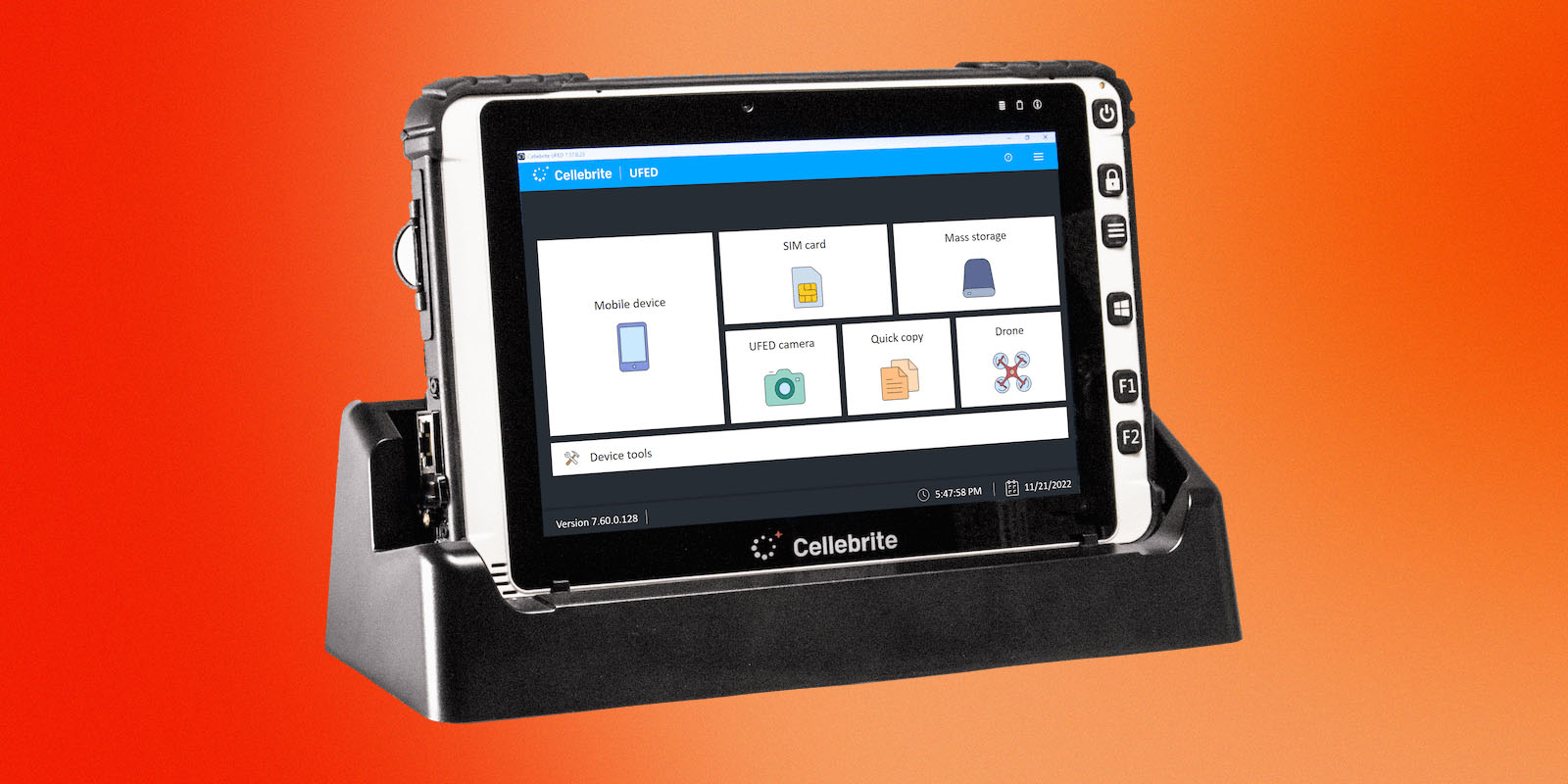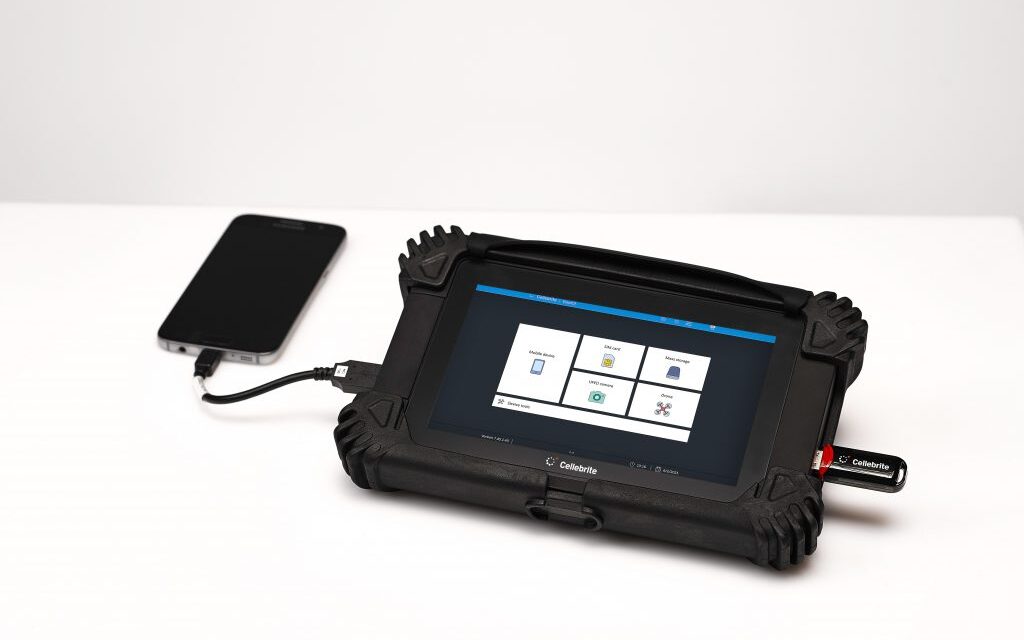In a swift and highly effective investigation, law enforcement officials have revealed that the Android phone of the individual who attempted to shoot former President Donald Trump was accessed and decrypted within 40 minutes using advanced forensic tools provided by Cellebrite, a leading provider of digital intelligence solutions.
The suspect, whose identity remains confidential pending further investigation, used a Samsung Galaxy device running on Android. This incident has once again spotlighted the capabilities of modern digital forensics in assisting law enforcement agencies.
The attempted shooting occurred during a public event in Washington, D.C. Former President Trump was unharmed, and the suspect was immediately apprehended by the Secret Service. The authorities quickly seized the suspect’s belongings, including the Samsung phone, to uncover any potential motives, accomplices, or further threats.

Cellebrite, an Israeli digital intelligence company, is renowned for its sophisticated technology that allows law enforcement to unlock and extract data from various digital devices. In this case, Cellebrite’s flagship product, the UFED (Universal Forensic Extraction Device), was utilized.
According to officials, Cellebrite’s UFED managed to bypass the phone’s security measures and extract critical data within 40 minutes. This rapid access was crucial in obtaining real-time intelligence, helping to ensure the safety of public figures and civilians.
This incident raises significant questions about the balance between digital security and law enforcement capabilities. While encryption and robust security features on smartphones are essential for protecting user privacy, this case demonstrates that even the most secure devices can be vulnerable to advanced forensic tools.
Privacy advocates are likely to express concerns over the potential for misuse of such powerful tools, emphasizing the need for strict regulations and oversight. Meanwhile, law enforcement agencies argue that these capabilities are vital for national security and public safety.

The swift decryption of the suspect’s phone by Cellebrite underscores the ongoing tension between privacy rights and the needs of law enforcement. As digital technology continues to evolve, so too will the debate over the extent to which personal devices should be accessible to authorities in the name of security.
The successful and rapid cracking of the suspect’s Samsung Android phone by Cellebrite has provided law enforcement with essential information to further their investigation. As this case unfolds, it will undoubtedly contribute to the ongoing discourse on the intersection of technology, privacy, and security.
For now, the priority remains ensuring the safety of public figures and the public while balancing the imperative of protecting individual privacy rights in an increasingly digital world.












